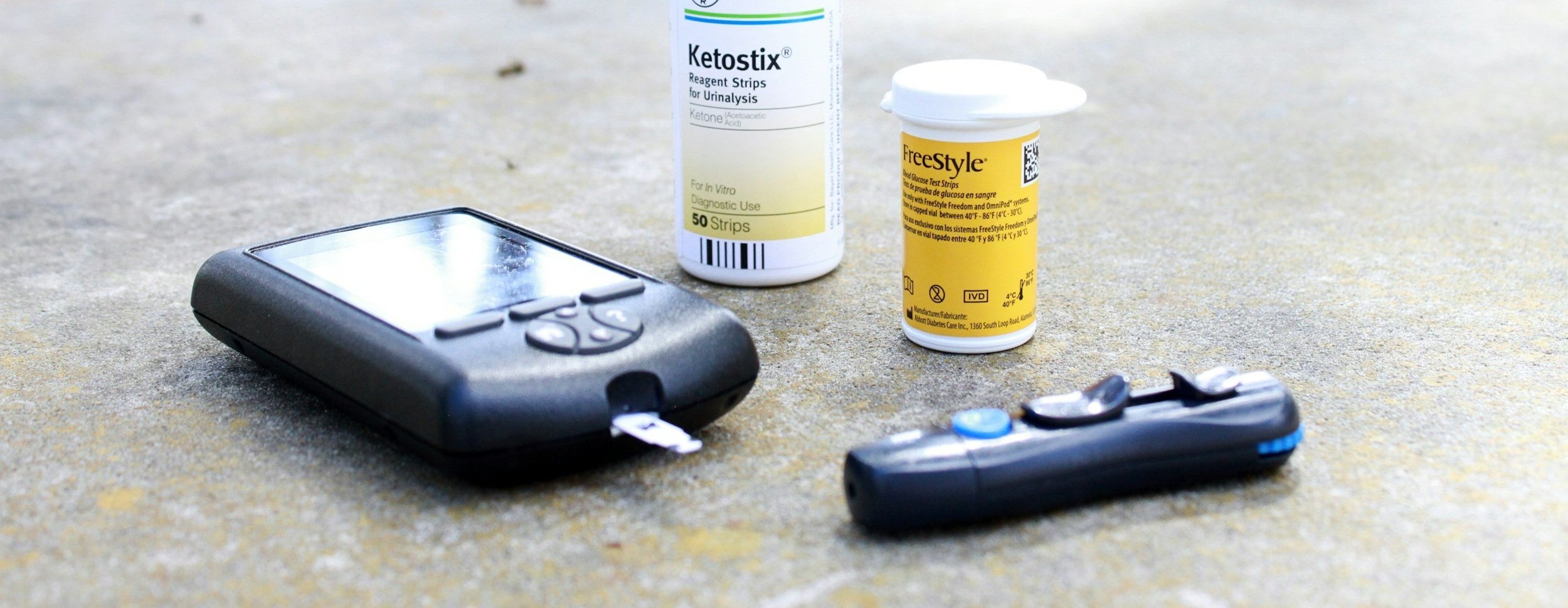
Indivual Lactate Testing
For a long time, “Tempo pace” has been this broad running term that coaches use to describe anything in between race and easy pace. But what does it actually mean? The Norwegians and most US college and pro teams use Lactate Threshold (LT) to run long continuous efforts without burning out the body. Running the right pace on tempo days allows you to maximize your potential without risking burnout or injury. Here’s what Olympic Champion, Jakob Ingebrigston has to say about training intensity:
“We think of training as if we are farmers, and what we are harvesting are carrots. Many athletes want to pull the carrot out of the ground early to see what they have made, but in reality, once you test it, you can never put it back in,"
-Jakob Ingebrigston
What even is Lactate Threshold?
There are two zones for LT:
Aneorbic Threshold- The point at which you start producing more lactate acid than you can flush out. For most intermediate to advanced runners, this is close to their half-marathon pace. On a blood lactate meter, this is typically 4.0 mmols.
Aerobic Threshold- Typically, 15-25 seconds slower per mile, aerobic threshold is regernative in nature, allowing you to run much longer distances without putting too much fatigure in the legs. For most intermediate to advanced runners, this is close to their marathon pace. On a blood lactate meter, this is typically 2.5 mmols.
How does the Blood Test Work?
Now that you know what Lactate Threshold is, it’s time to figure out what you’re individual paces are. For that, we go to a track (or I can come to your house if you have a tredmill), do a regular warm-up as if you were doing a workout, and then do various repeats at specific paces and distances. Soon after, you’ll recieve an email with a chart similar to the one on this page and a description giving you all the details you need!
Interested in elevating your running? Fill out the form below to get set up with a blood lactate test!

